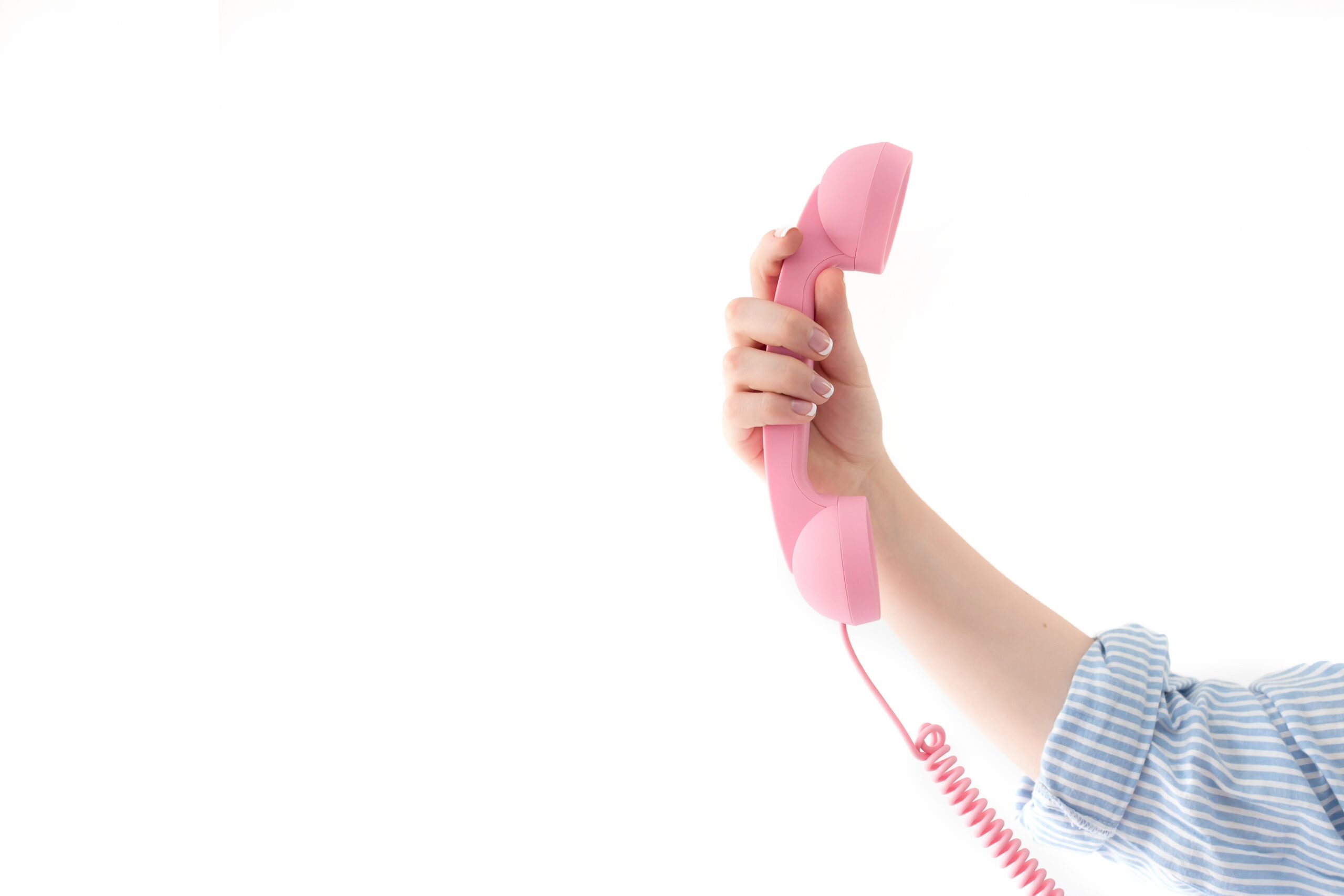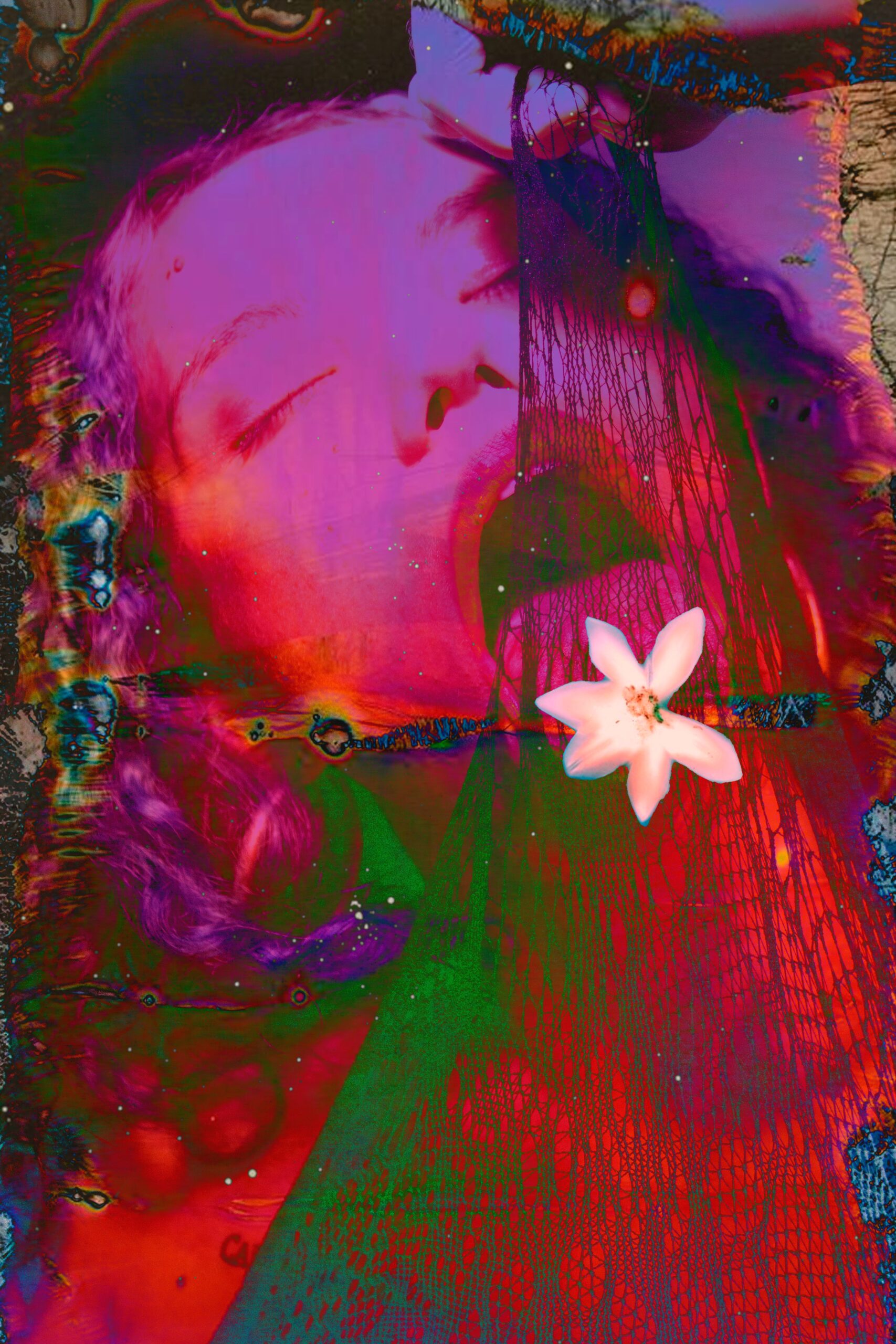You know I’ve been sharing more about mental health and I want to talk about the mental illness flag and why it’s important to understand its meaning and symbolism.

Table of Contents
Understanding Mental Health Symbolism
It’s a topic that’s close to our hearts and minds, mental illness and mental wellness. So what is the the Mental Illness Flag. What does is symbolize?
What’s the significance? Where did the design come from? And what’s the impact of this symbol that unites and advocates for mental health awareness.
When it comes to raising awareness, symbols hold a unique power. Think about the pink ribbon for breast cancer awareness; they’re like visual beacons of solidarity. The Mental Illness Flag takes a similar stance in the realm of mental health advocacy. It’s more than just colors on a canvas; it’s a proclamation that mental health matters and deserves our attention.
Design and Symbolism of the Mental Illness Flag

Colors are the brushstrokes that paint the canvas of this emblem. Green signifies growth, renewal, and hope—the essence of a journey towards mental well-being. White represents the canvas of our minds, untouched by stigma, open to understanding. The yellow sun radiates warmth, symbolizing the light that dispels darkness—the light that mental health advocacy aims to bring.
The Evolution of Mental Health Awareness
Step back in time, and you’ll find that flags have been waving messages for centuries. From political revolutions to social causes, flags have rallied people together. The idea of a Mental Illness Flag roots itself in the realization that mental health deserves its own rallying symbol. It’s a signal that we’re not alone in our struggles and there’s a community that understands.
Uniting the Mental Health Community
The Mental Illness Flag waves not just as a symbol, but as a flag of belonging. It’s a shared identity for those navigating the complexities of mental health. Stories emerge from around the globe about people and groups who rally around this flag, using it to say, “I’m here, and I understand.” This unity helps shatter the isolation that often accompanies many people suffering from mental health challenges.
Advocacy and Awareness Campaigns
Campaigns aren’t just about catchy slogans; they’re about powerful symbols that grab attention and spark conversations. The Mental Illness Flag does precisely that. From social media campaigns to mental health workshops, this flag unfurls in all its vibrancy, demanding that we address the stigmas head-on and advocate for understanding.
Navigating Misconceptions
Of course, with any symbol comes the possibility of misunderstanding. Some might wonder if the Mental Illness Flag is exclusive to certain conditions. Here’s the deal: the flag isn’t about exclusion; it’s about inclusion. It symbolizes a diverse range of experiences under the umbrella of mental health. So, let’s debunk any myths and embrace the unity it brings.

The Mental Illness Flag in the Global Context
As we embrace the flag’s symbolism, it’s important to remember that cultural perspectives can play a role in its interpretation. Mental health is a universal concern, but its expression can vary across cultures. The key lies in approaching the flag with cultural sensitivity and recognizing that its message transcends borders.
Supporting Mental Health Advocacy
Now that we understand the story of the Mental Illness Flag, you might be wondering how you can contribute to the cause. You can get involved by engaging mental health organizations, attending awareness events, and simply sharing the message This is a powerful way to make your mark. It’s give you an awesome chance to stand united and make an impact big or small.
The Best Mental Health Resource
If you’re interested in learning more about online therapy, I recommend checking out BetterHelp. They offer online therapy sessions with licensed therapists at an affordable price point.
As you know I’m a huge proponent of Mental Wellness and ensuring we all get the help we need when we need it. And of course, I don’t want you just to get any help I want you to get the right help so I am now sponsored by BetterHelp.
BetterHelp is the world’s largest therapy service, and it’s 100% online.
BetterHelp offers a network of over 25,000 licensed and experienced therapists who can help you with a wide range of issues.
Just click on the link below, answer a few questions and get matched with a therapist from the network.
One of the most amazing features of BetterHelp, if you don’t jive with your therapist you can switch to a new one that’s a better fit for you any time free of charge.
With BetterHelp, you get the same professionalism and quality you expect from in-office therapy, but with a therapist who is custom-picked for you, more scheduling flexibility, and at a more affordable price.

Conclusion
In conclusion remember that symbols hold immense power. They have the potential to change perceptions, ignite conversations, and foster unity. The Mental Illness Flag stands tall as a symbol of hope, understanding, and the unbreakable bond that weaves us all together in the tapestry of mental health awareness.
FAQ About the Mental Illness Flag
Let’s shed a little light on common frequently asked questions to deepen our understanding:
Who came up with the mental illness flag?
The Mental Illness Flag is the result of collaboration among mental health advocates, artists, and individuals who have had personal experiences and challenges with mental health. While there isn’t a single person or entity solely responsible for the creation, the flag emerged from a collective desire to have a symbol that represents the importance of mental health awareness and unity.
Why do we need a flag for mental illness?
We live in a world where symbols carry significant meaning. The flag solidifies this and helps to raise awareness and combat the stigma around Mental Health. Just as other causes have symbols that unite people under a common purpose, the flag acts as a visual representation that says, “Mental health matters, and we stand together to support and understand one another.”
Is it a sign of understanding and solidarity if I have a loved one with mental illness to give them the flag?
Absolutely, giving someone a Mental Illness Flag can be a meaningful gesture of understanding and solidarity. It signifies that you recognize the importance of mental health and stand by them in their journey. It’s a way of saying, “I’m here for you, and I want to foster an environment of openness and empathy.” However, remember that the flag is just one symbol—open communication and genuine support are equally vital.
For more on mental health check out this popular post.



































































































































































































































































